Las Vegas and nearby areas are on alert as monsoonal moisture surges into the region, bringing a high risk of thunderstorms, strong winds, and possible flash floods. According to the National Weather Service in Las Vegas, storm activity is expected to ramp up across southern Nevada, northwest Arizona, and parts of eastern southern California starting this afternoon and lasting through the weekend.
This round of stormy weather is driven by a lingering low-pressure system off the coast of Baja California, which is drawing in deep moisture from the south. Atmospheric moisture levels, measured by PWATs (precipitable water), are rising fast and could reach 1.5 inches in Las Vegas by the afternoon. Combined with rising instability — with CAPE values (a measure of storm energy) hitting 750 J/kg in Las Vegas and over 1,100 J/kg in parts of Mohave County — this setup could lead to intense storms, winds over 50 mph, and dangerous flash flooding.
On the upside, this surge of moisture is expected to bring a break from the usual July heat. Las Vegas could see highs below 100°F today and Friday, with a 60% chance of cooler-than-normal temperatures before things begin to warm again over the weekend.
The storm threat extends beyond just weather impacts on the ground. The NWS aviation forecast highlights thunderstorms as a major concern for flights, especially in the afternoon and evening. Flights in and out of Harry Reid International Airport may face lightning, heavy rain, and gusty winds as pilots navigate storm cells across Clark, Lincoln, Nye, Inyo, San Bernardino, and Mohave counties.
As the region braces for this active weather stretch, the National Weather Service is calling on local weather spotters to report any significant events. These firsthand reports are critical in helping forecasters track storm development and improve public safety alerts.
With multiple counties under threat, residents are urged to stay weather-aware, avoid flood-prone areas, and prepare for possible travel delays as monsoon season brings its typical unpredictability to the Southwest.

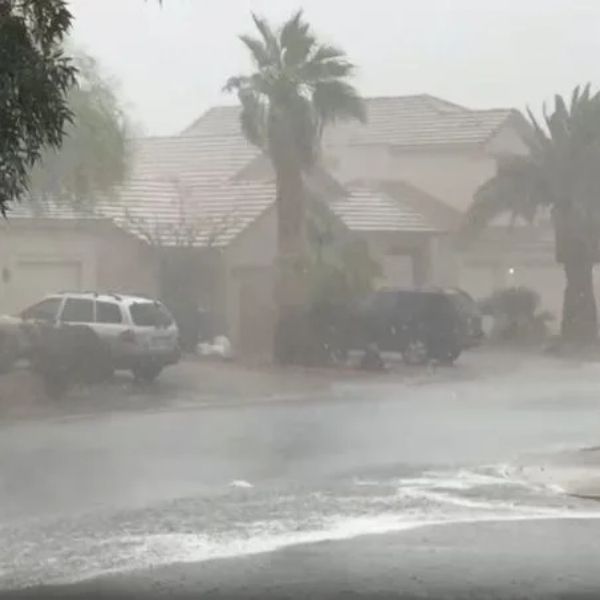

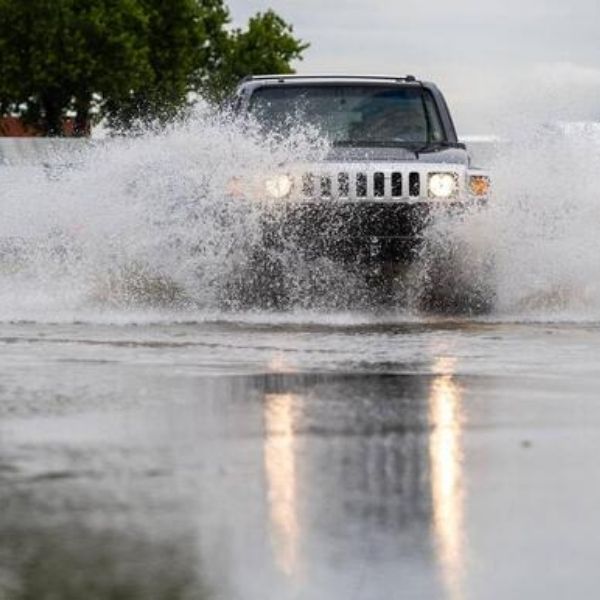
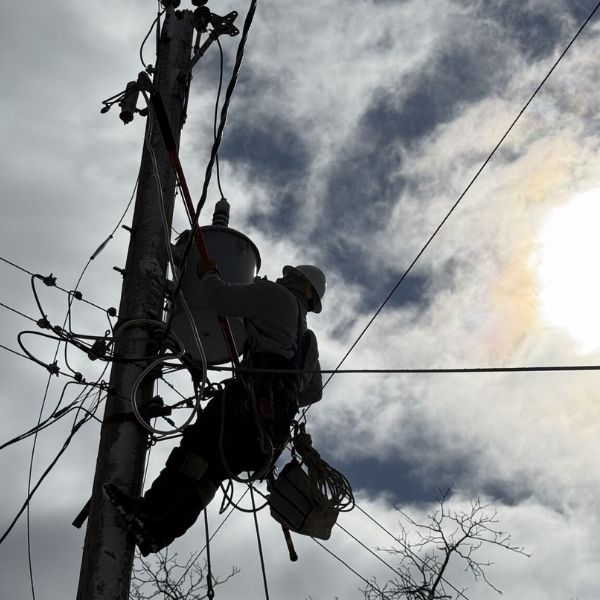
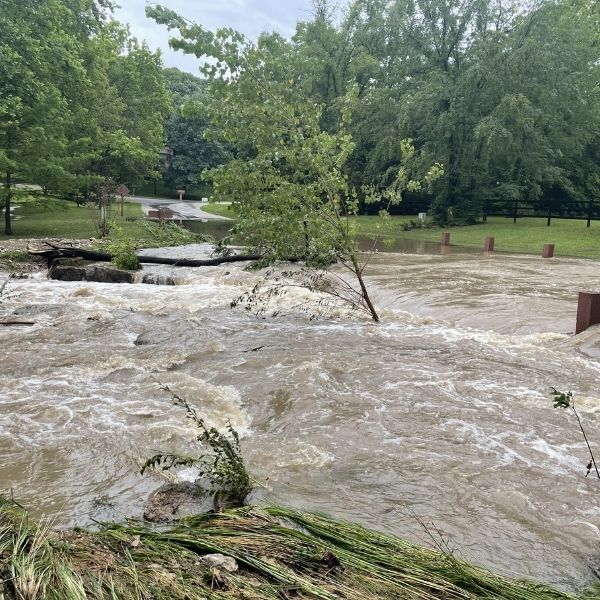
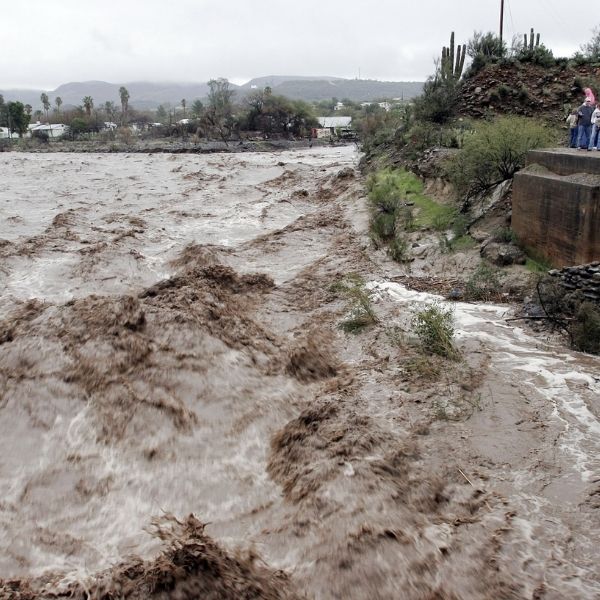
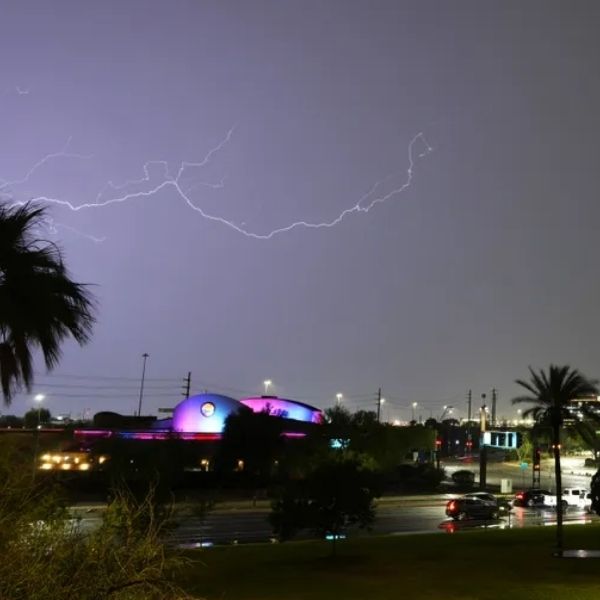
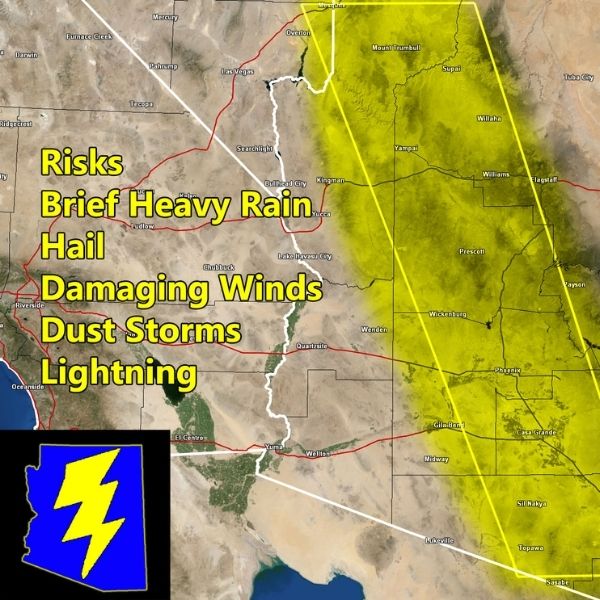
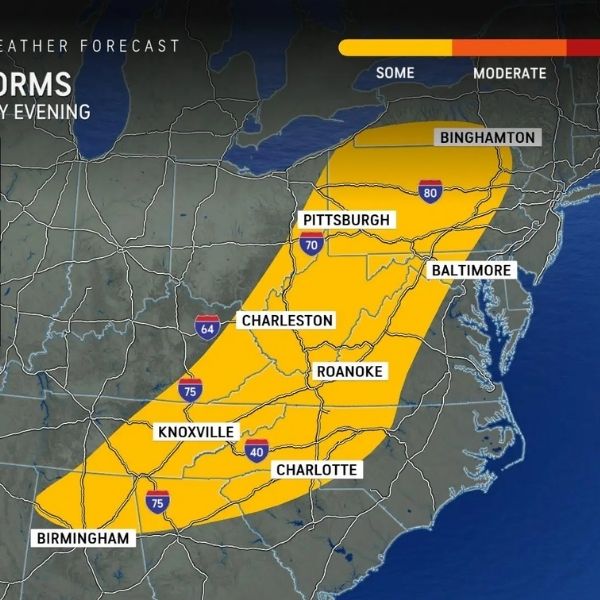
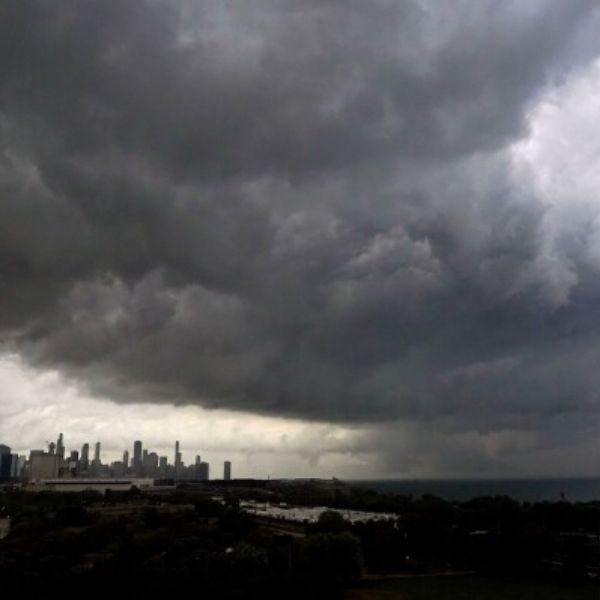

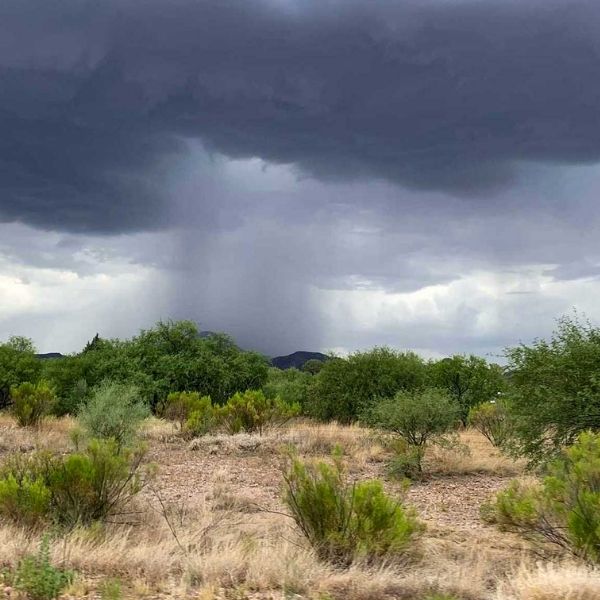



Leave a Reply